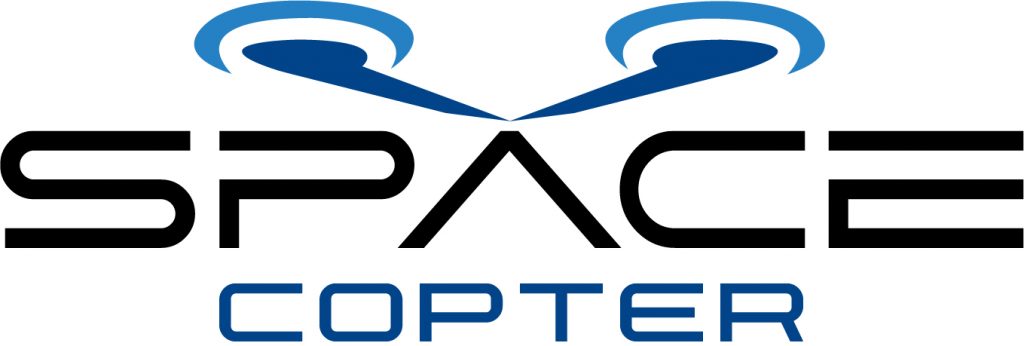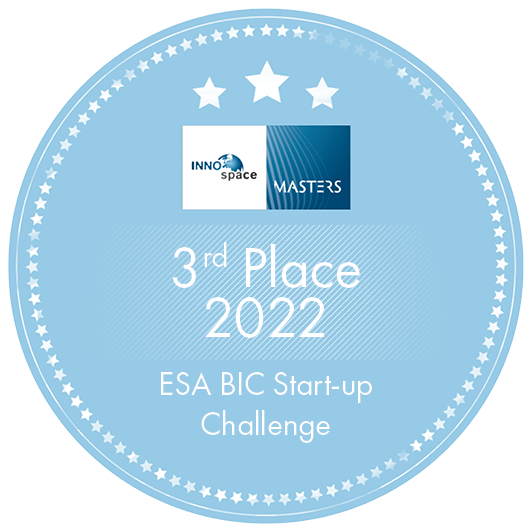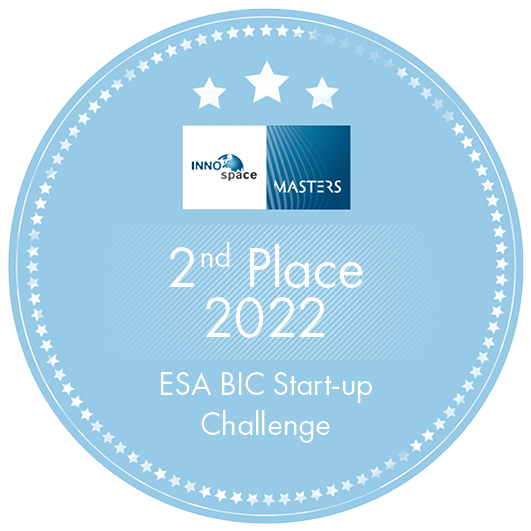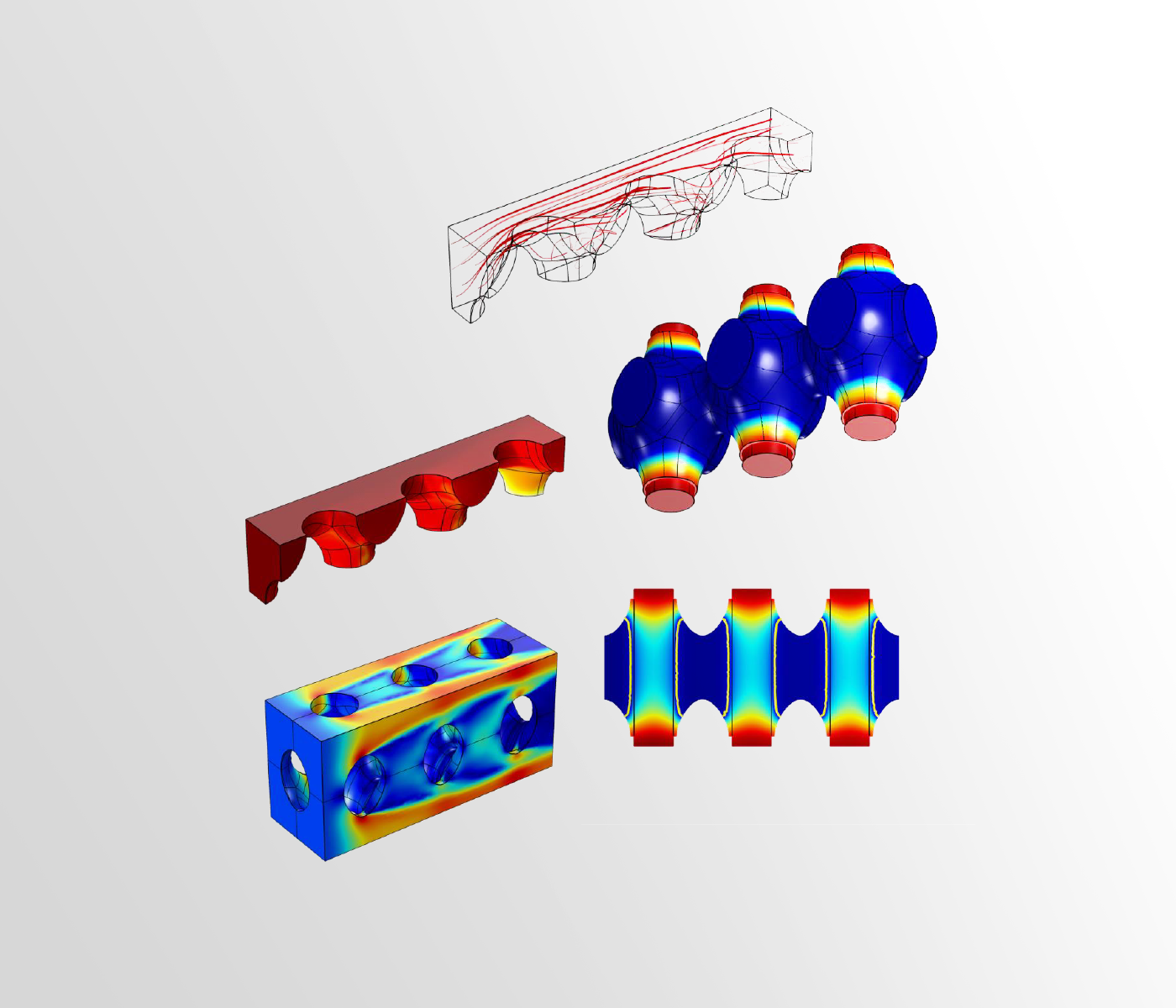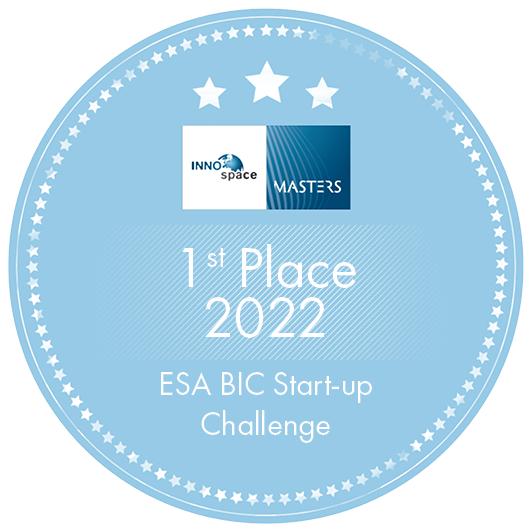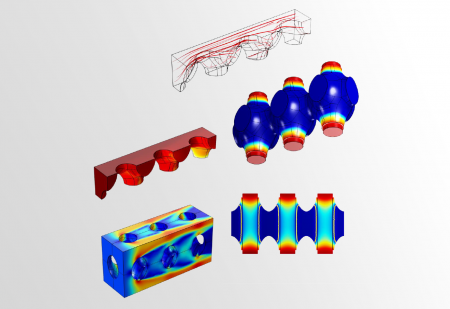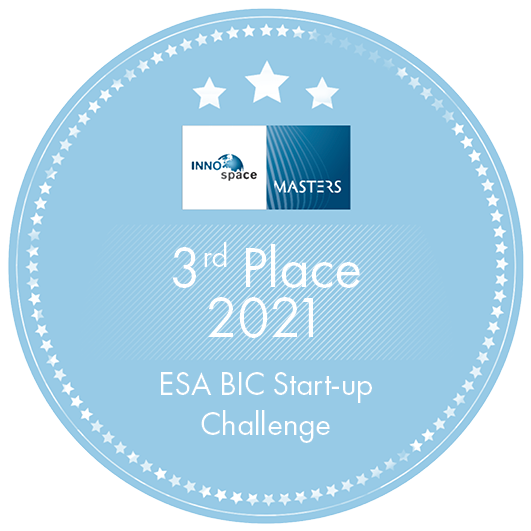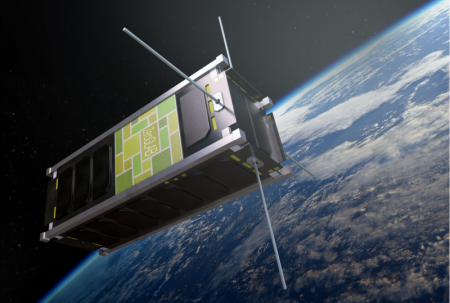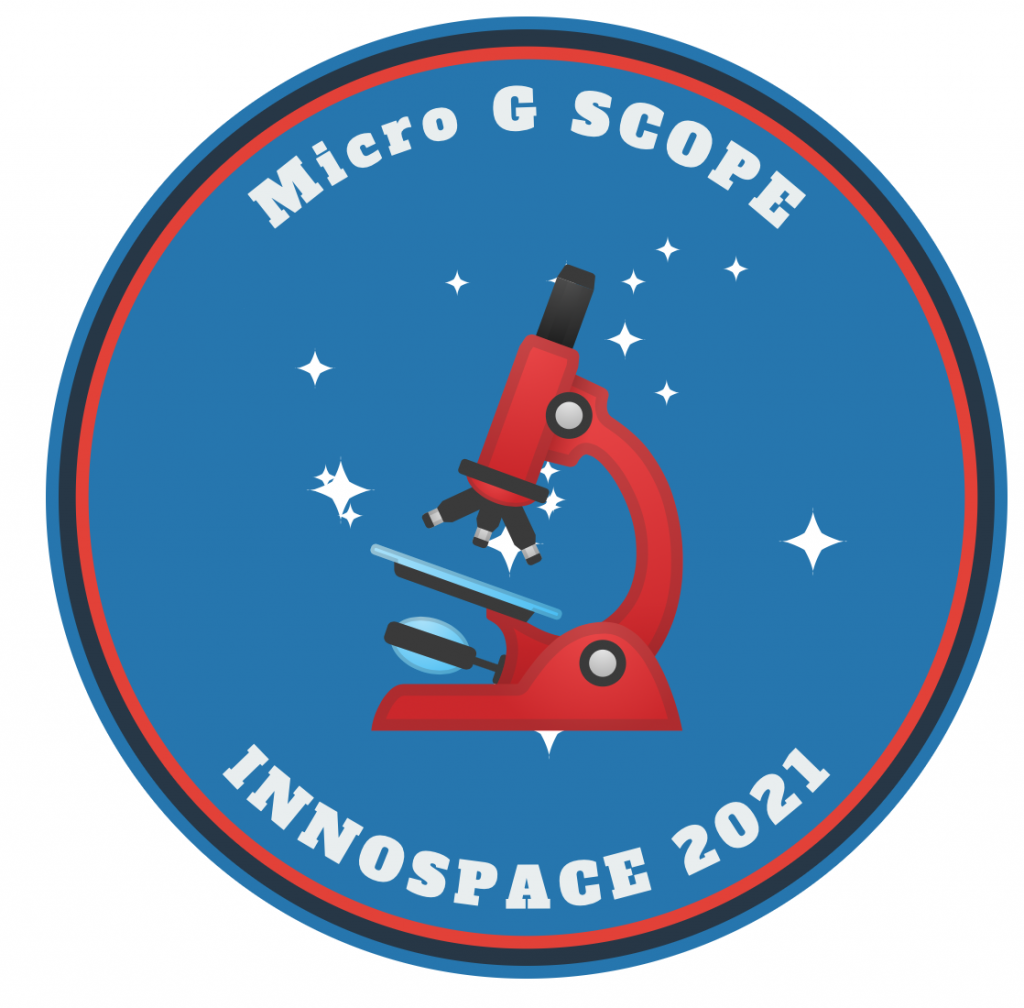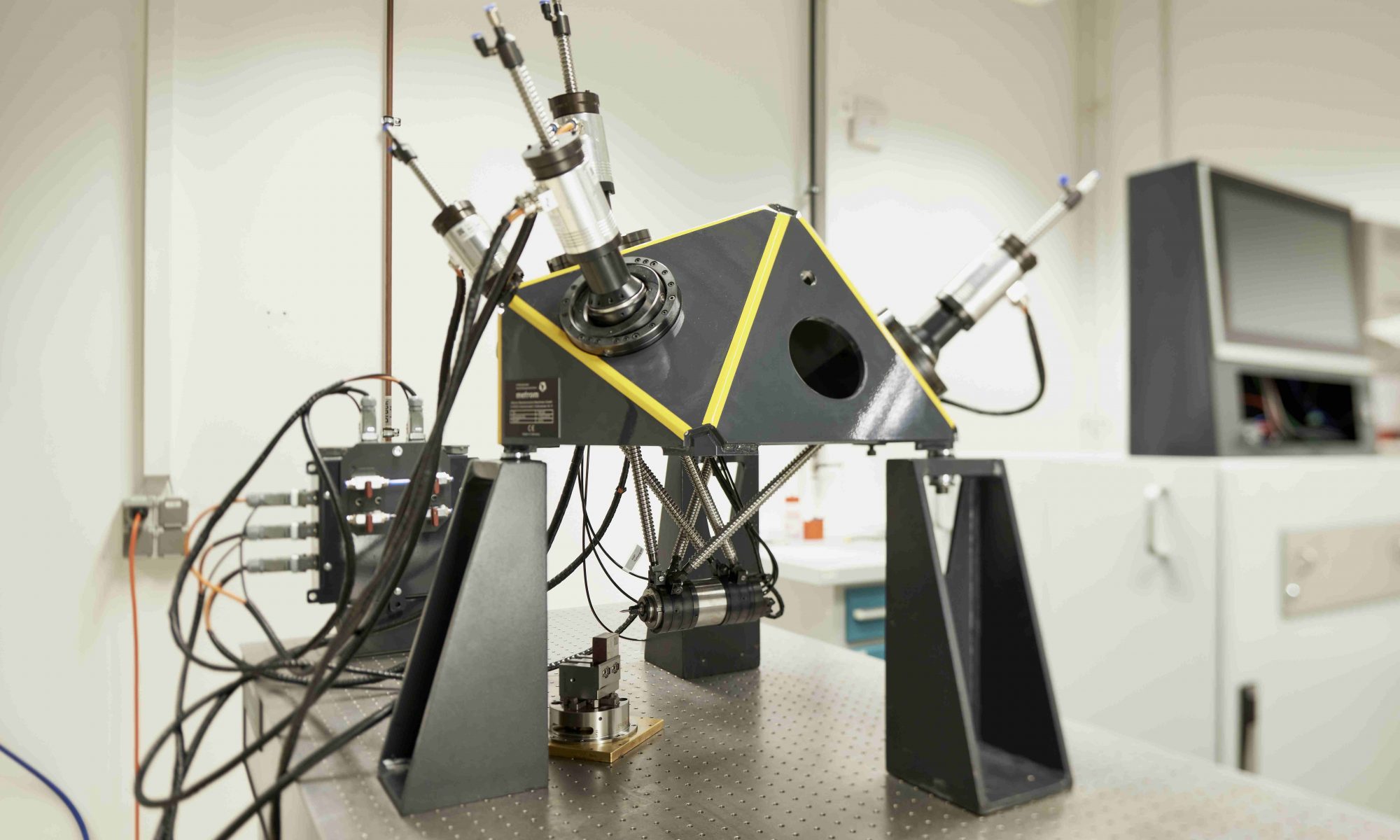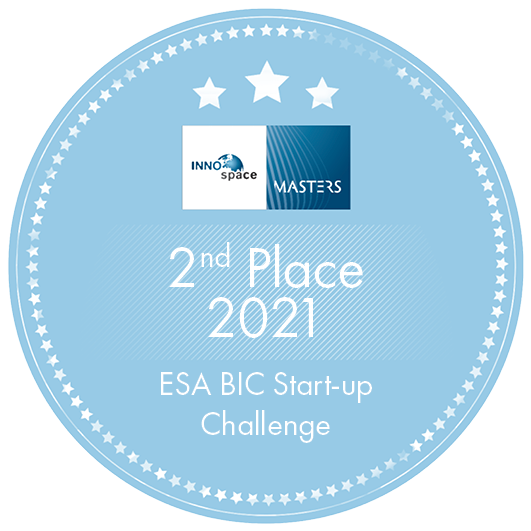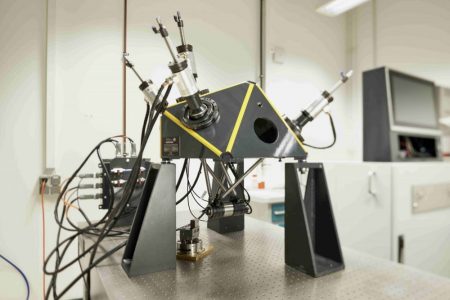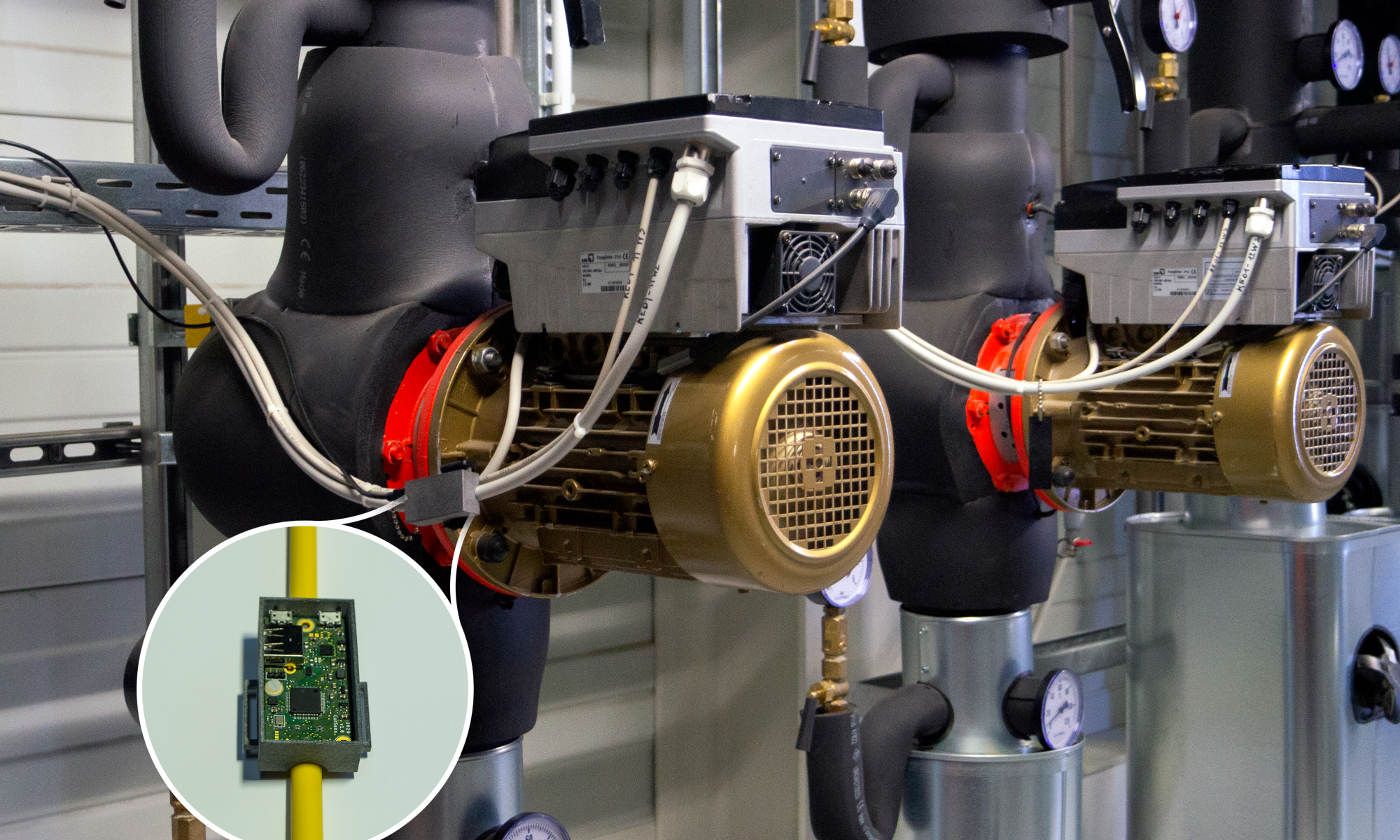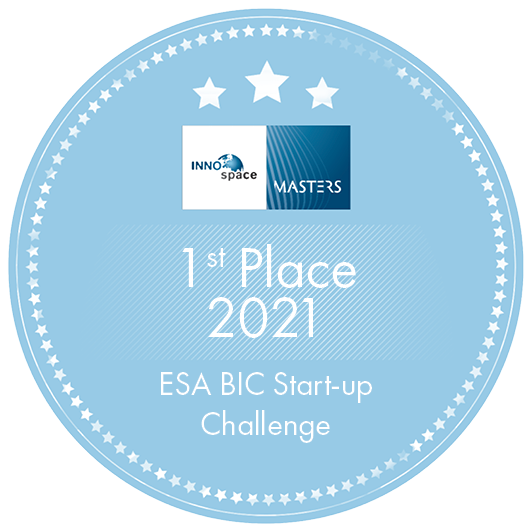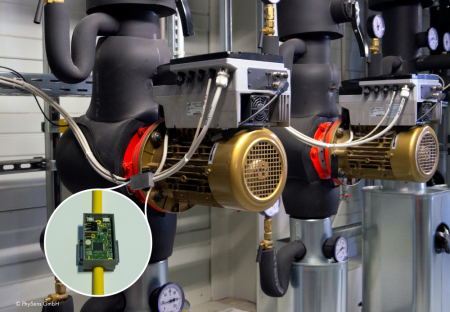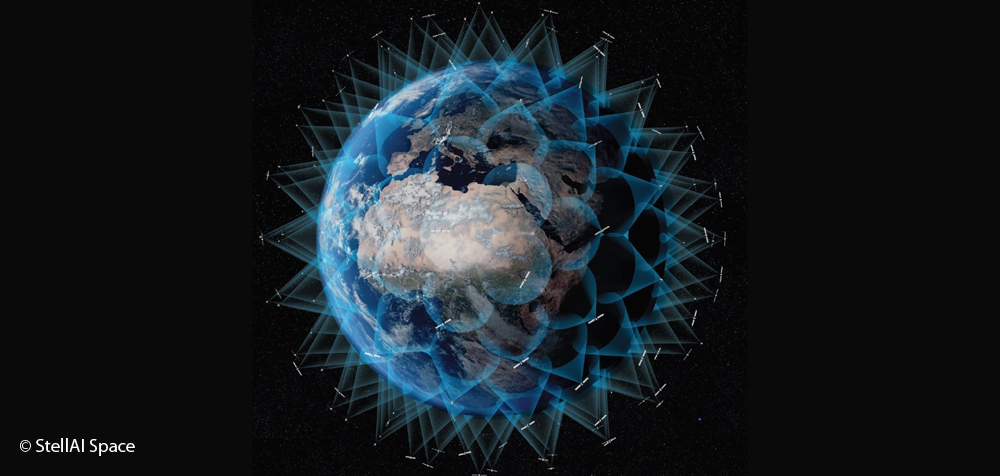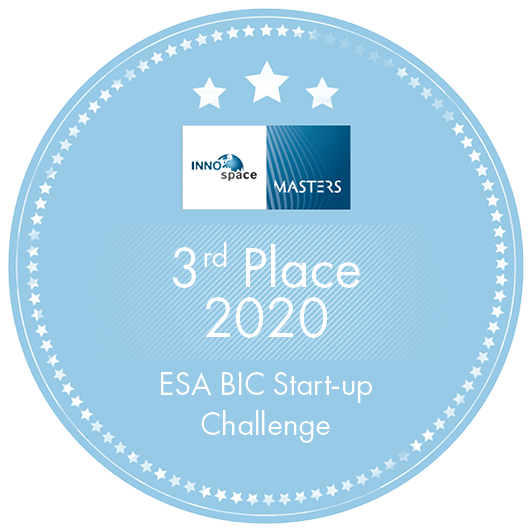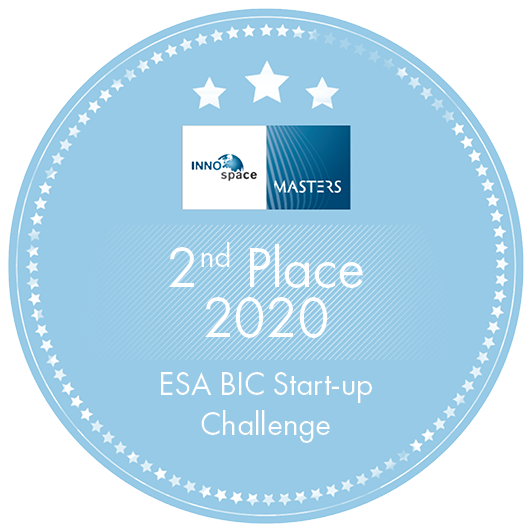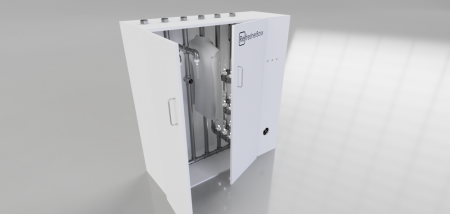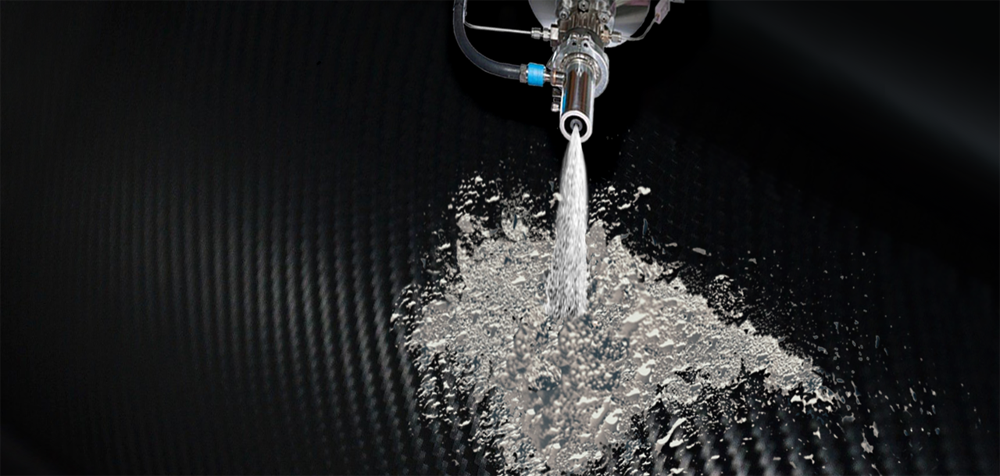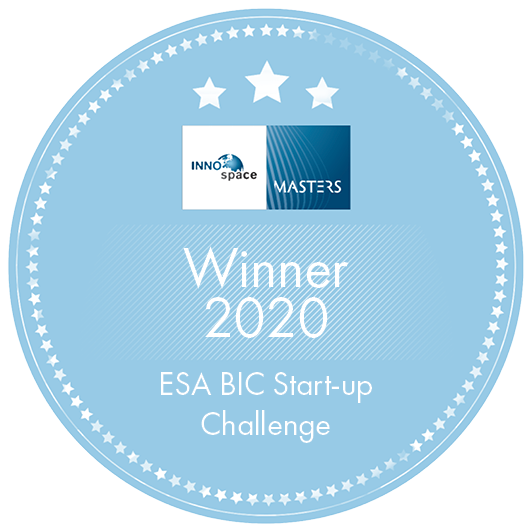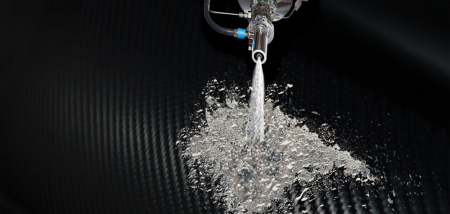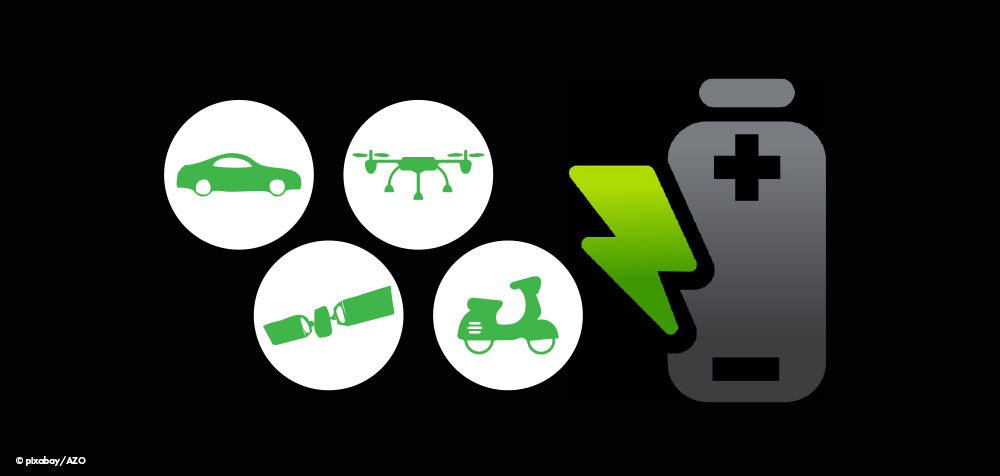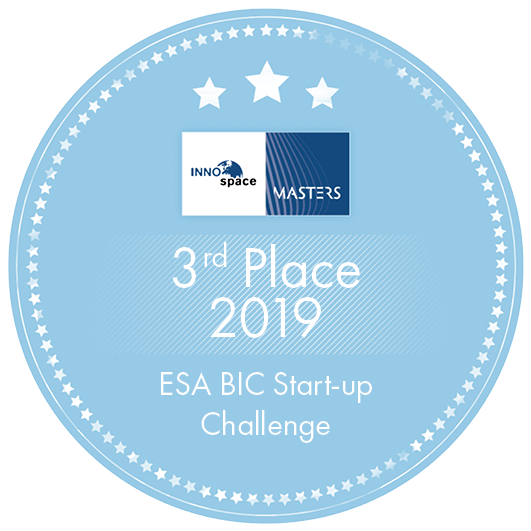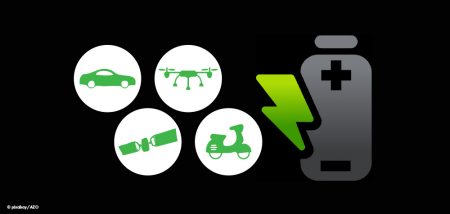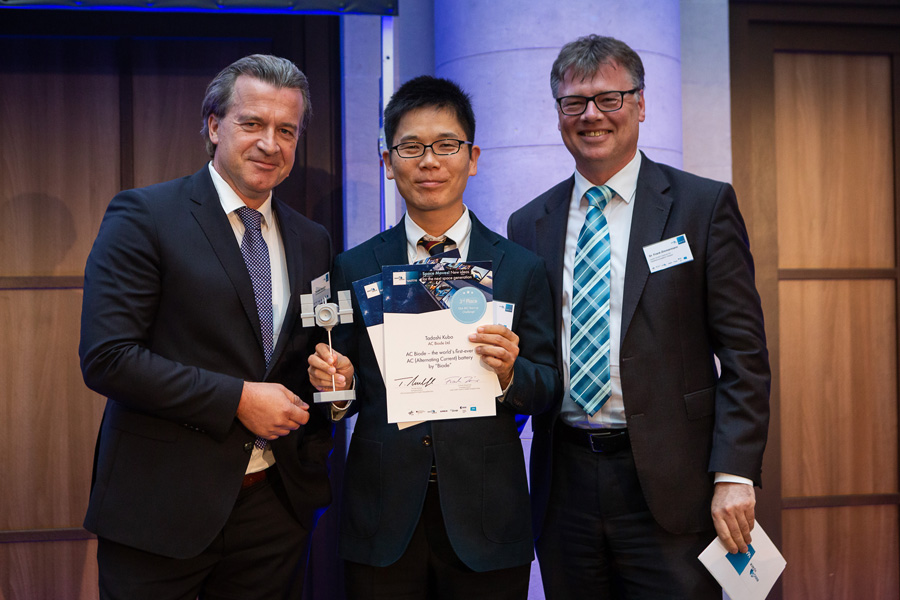Spacecopter – A Novel Technical Approach for Reusable Space Launch Vehicles
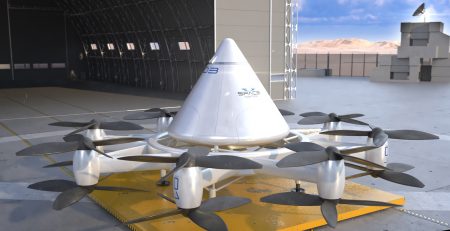
The Spacecopter concept provides a new approach for reusable space launch vehicles that will not only drastically reduce the transportation cost for payloads into orbit but also has the potential to fundamentally revolutionise spaceflight. By combining known and well-established technologies from the automotive, electric flight and chemical battery industry, the Spacecopter project is a low-risk but highly innovative answer to the problem of high transportation costs for orbital payloads. Utilising electrically-driven propellers for the initial launch phase and to return rocket stages to the ground will not only reduce costs but also reduce the mechanical and acoustic loads for the payload. The Spacecopter concept will allow a commercial airline type of operation with only minor check-out procedures between flights. This not only allows completely new market approaches and business opportunities for launch service customers but will, in the long term, squeeze all classic expendable launch vehicles out of the market.
Benefits:
- Cost reduction for space launch services of up to 80%
- Low environmental impact and low carbon footprint
- Low mechanical and acoustic impact on payloads
- High reliability
- Airline type of operation
Additive Space GmbH
Sascha Larch
sascha.larch@additive-space.com
Dr Alexander Schwandt
Alexander.schwandt@additive-space.com
www.additive-space.com
